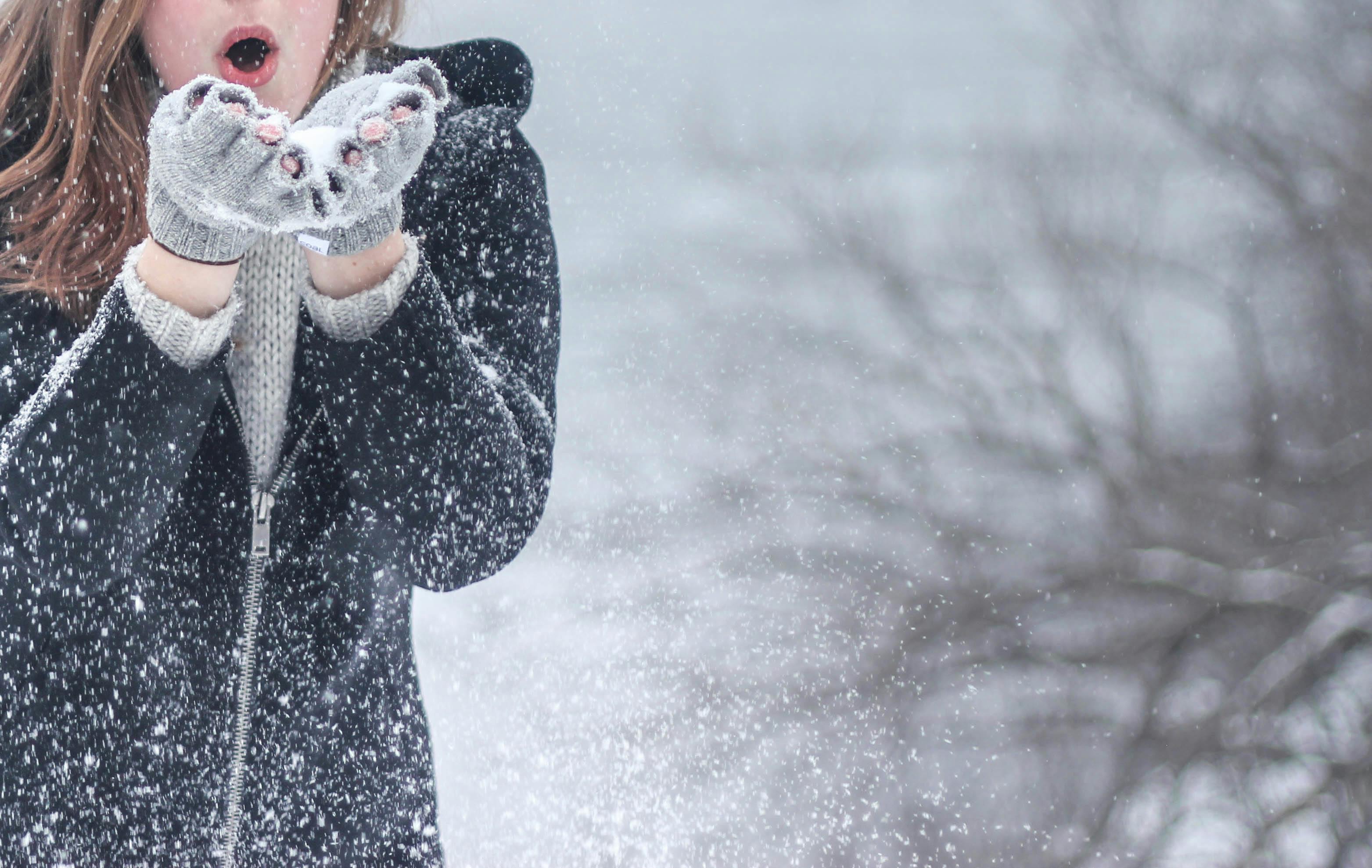The Pug's comical face, with deep wrinkles around big, dark eyes and a flat round face, can't help but make you smile. It is believed that the Pug's name comes from the Latin word for "fist" because his face resembles a human fist.
Pugs are clowns at heart, but they carry themselves with dignity. Pugs are playful dogs, ready and able for games, but they are also lovers, and must be close to their humans. Pugs love to be the center of attention, and are heartsick if ignored.

Coat care for the Pug is minimal, requiring only occasional brushing to remove the dog's dead hair. Meanwhile, regular cleaning and drying is necessary to prevent skin infections, especially in the dog's facial wrinkles.
As far as exercise requirements, the Pug's needs can be met daily with a moderate leash-led walk or an energetic game. Sensitive to humidity and heat, the Pug should be kept indoors. The breed is also prone to snoring and wheezing because of their flat, small muzzles.
The Pug’s attentive and soft expression is its distinguishing feature. Its coat, which is fawn and black in color, is short, fine, and smooth. A compact and square-proportioned dog, the Pug moves with a jaunty and strong gait; its hindquarters roll slightly. The Pug also has clearly defined black markings on its muzzle, ears, cheeks and forehead, which has deep and huge wrinkles.
Personality and Temperament
The Pug is a playful, confident, and friendly companion that magnificently combines comedy with dignity. It is usually pleasant and willing to please, but it can be headstrong and adamant at times. The breed is also known to frolic and flaunt about.
They are not the easiest whelpers. Dams usually have to have cesarean sections due to the size of the pups’ heads.
There is a chance of Keratitis (inflammation of the cornea) and ulcers on the cornea. Eyes are prone to
The Pug has a lifespan of 12 to 15 years and is prone to major health problems like Pug Dog Encephalitis (PDE) and canine hip dysplasia (CHD), as well as minor concerns like elongated palate, patellar luxation, stenotic nares, Legg-Perthes disease, entropion, keratoconjunctivitis sicca (KCS), hemivertebra, obesity, and skin infections. Nerve degeneration, demodicosis, seizures, distichiasis, and allergies are occasionally seen in this breed of dog.
Multum in Parvo, meaning "a lot in a little," is the official motto of the Pug and sums up its description. The Pug has had various names throughout the years, including Mopshond in Holland, Chinese or Dutch Pug in England, and Mops in Germany. But the word “pug” is thought to have come from the Latin pugnus, meaning fist and attributed to its clenched fist-like head, or from the 18th-century marmoset "pug" monkey, which purportedly appeared quite similar to the dog.
Pugs originated in China, dating back to the Han dynasty (B.C. 206 to A.D. 200). Some historians believe they are related to the Tibetan Mastiff. They were prized by the Emperors of China and lived in luxurious accommodations, sometimes even being guarded by soldiers.
Pugs are one of three types of short-nosed dogs that are known to have been bred by the Chinese: the Lion dog, the Pekingese, and the Lo-sze, which was the ancient Pug. Some think that the famous "Foo Dogs" of China are representations of the ancient Pug. Evidence of Pug-like dogs has been found in ancient Tibet and Japan.
In the latter 1500s and early 1600s, China began trading with European countries. Reportedly, the first Pugs brought to Europe came with the Dutch traders, who named the breed Mopshond, a name still used today.
Although its exact ancestry is not known, many consider the Pug as one of the first breeds miniaturized in Asia. China is the earliest known source of the breed, where Buddhist monasteries of Tibet favored the Pug as a pet. The Chinese considered the Pug's facial wrinkles an important feature of the breed, referring to it as the "prince mark" because of its similarity to the Chinese figure for prince.
Brought to Holland by the Dutch East India Trading Company, a pug would become a pet to William I, the Prince of Orange in the mid 16th century. The Pug was also bestowed the position of the House of Orange official dog after one of its kind saved the life of William I by alarming him to the approach of an upcoming attack of Spaniards at Hermingny in 1572. Later, when William II landed at Torbay to be crowned King of England, his cortege included pugs, making the breed fashionable for generations.
By 1790, the Pug had made its way to France. Most notably used by Josephine, wife of Napoleon, her pug, "Fortune," carried secret messages under his collar to Napoleon while she was confined in Les Carmes prison.
In England, the Pug gained popularity during the Victorian era. These pugs sported cropped ears, which further enhanced their wrinkled expressions. And in 1885, the American Kennel Club would recognize the Pug. Since then, the Pug has become not only a popular show dog, but a wonderful family pet.








